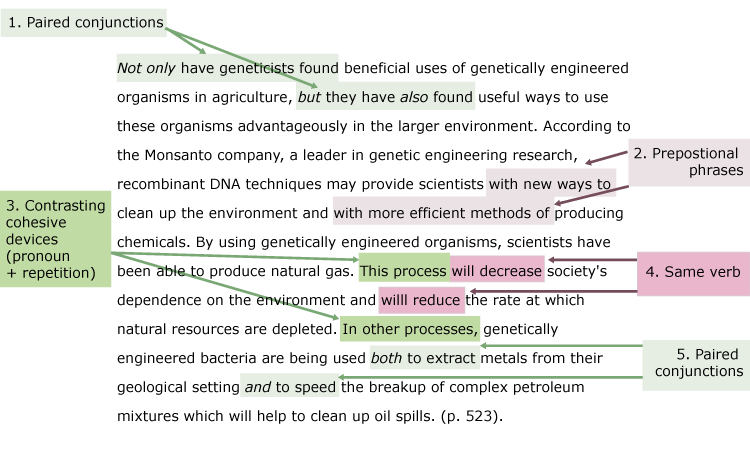
The most common mistake that IELTS candidates make is using the incorrect pronoun. If you don’t need the information in brackets to help you understand those sentences, then you already know what referencing and substitution are. (Then rugby is also discussed completely and never mentioned again.) As you can see, football is discussed completely and never mentioned again.When there are fewer categories, you’ll need to give more attention to each one (category) so that your essay isn’t too short.India was second from the bottom for both the amount of rice it (India) grew and the amount of rice it (India) ate with 106 and 104 tonnes, respectively.In contrast, swimming equipment had an increase in its sales value (the sales value of swimming equipment). The amount of money spent on tennis equipment increased steadily.Of the ten countries on the graph, Bangladesh was unique in that it (Bangladesh) was the only nation to produce less rice than it (the country) consumed.
#Topics and coherence writing how to
So now that you know how to use paragraphs and cohesive devices for IELTS Task 1, we will look at the next aspect of the IELTS Writing Task 1 band descriptors, which is progression. The above three paragraphs are exactly how you should structure any Academic Task 1 essay to get a high Coherence and Cohesion score. For both of the categories, India was the highest of these eight countries, and South Korea was the lowest.

The Philippines was the only country close to Hungary’s figures with 410 tonnes produced and 387 tonnes consumed.įor the other eight nations, the production of rice was between 106 and 49 tonnes and the consumption of rice was between 104 and 45 tonnes.

Hungary produced and consumed the most rice in 2020, with 540 tonnes grown and 532 tonnes eaten. Of the ten countries on the graph, Bangladesh was unique in that it was the only nation to produce less rice than it consumed with 53 and 58 tonnes, respectively. Overall, Bangladesh is the only country where rice consumption was higher than the amount of rice produced and the figures for Hungary and the Philippines far exceed the other eight countries in both rice grown and eaten. The graph illustrates the ten nations that grew and ate the most rice in the year 2020.


 0 kommentar(er)
0 kommentar(er)
